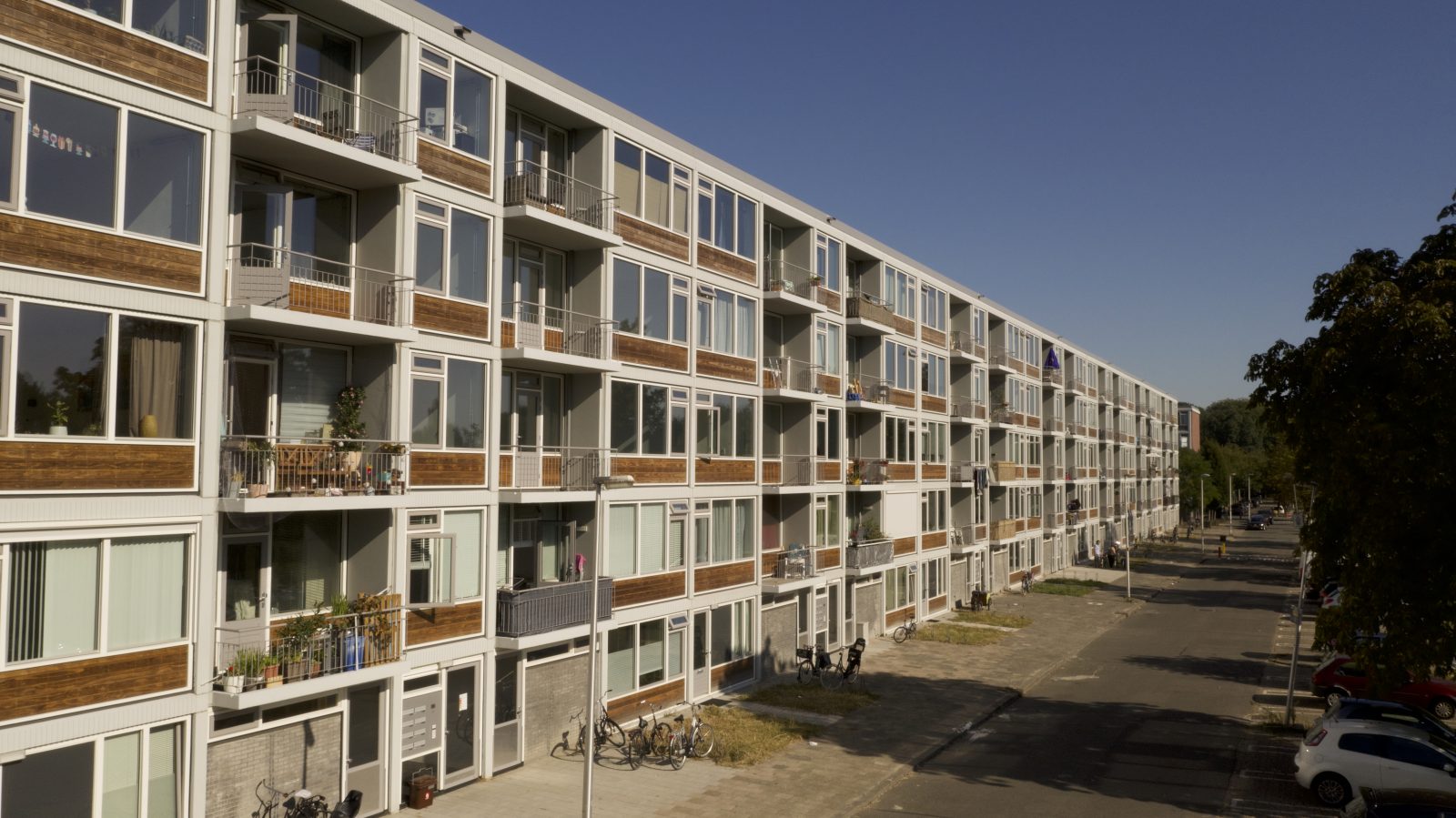The German housing company LEG launches a real laboratory for serial renovation
The German housing company LEG has commissioned three construction companies to develop serial retrofitting processes that can be used in parallel, based on the Energiesprong approach, and to modernise residential buildings to the net zero standard. The goal is scalable and more cost-effective.
“The process technologies to be tested only hold promise in terms of generating the necessary cost advantages if they are scalable, which is why we, together with Dena, have made the findings transparent (similar to the open source concept in software development), in order to be able to scale up more quickly”
Dr. Volker Wiegel, COO of LEG
The housing company LEG based in Düsseldorf is launching a real-life laboratory in Mönchengladbach for serial renovation based on the Energiesprong approach. Three construction companies were commissioned to develop a serial usable renovation process based on the Energiesprong approach for a third of the buildings each, and to modernise these buildings to Net-Zero standard. The buildings, built in 1956, each have two floors, four to six apartments and a high energy consumption level, with an H energy performance certificate. LEG would like to make climate-neutral living possible in these buildings without the rents having to increase significantly.

The three companies commissioned: B&O from Bad Aibling, Fischbach from Essen and Renolution from Haaksbergen in the Netherlands are all members of the NetZeroNow network. Energiesprong supports companies in this network to plan and implement initial serial retrofitting projects.
Each company will use different technologies and approaches to modernise the buildings. The aim is to test how the renovation concepts can be applied and improved under real conditions. LEG aims to deliberately encourage the exchange of information and ideas between the project participants. According to LEG, the aim of the real-world laboratory is: “to develop renovation concepts that are scalable, which thus become more cost-effective and help to accelerate the energy transition”.
“This project is very demanding and exciting from a purely technical point of view. The buildings are captured using 3D scans and the façades and solar roof elements are prefabricated with millimetre precision. This includes the windows, the insulation and the external cladding. The finished elements are then installed on the building. An energy module is also preassembled, which contains all the technology for the entire building, e.g. a heat pump that replaces the old heating system, a hot water storage tank, a ventilation system with heat recovery and the electronics for the photovoltaic system and the monitoring system. The complete module is delivered to the construction site and then only has to be connected on site”, says Uwe Bigalke, Team Leader for energy-efficient buildings at Dena.